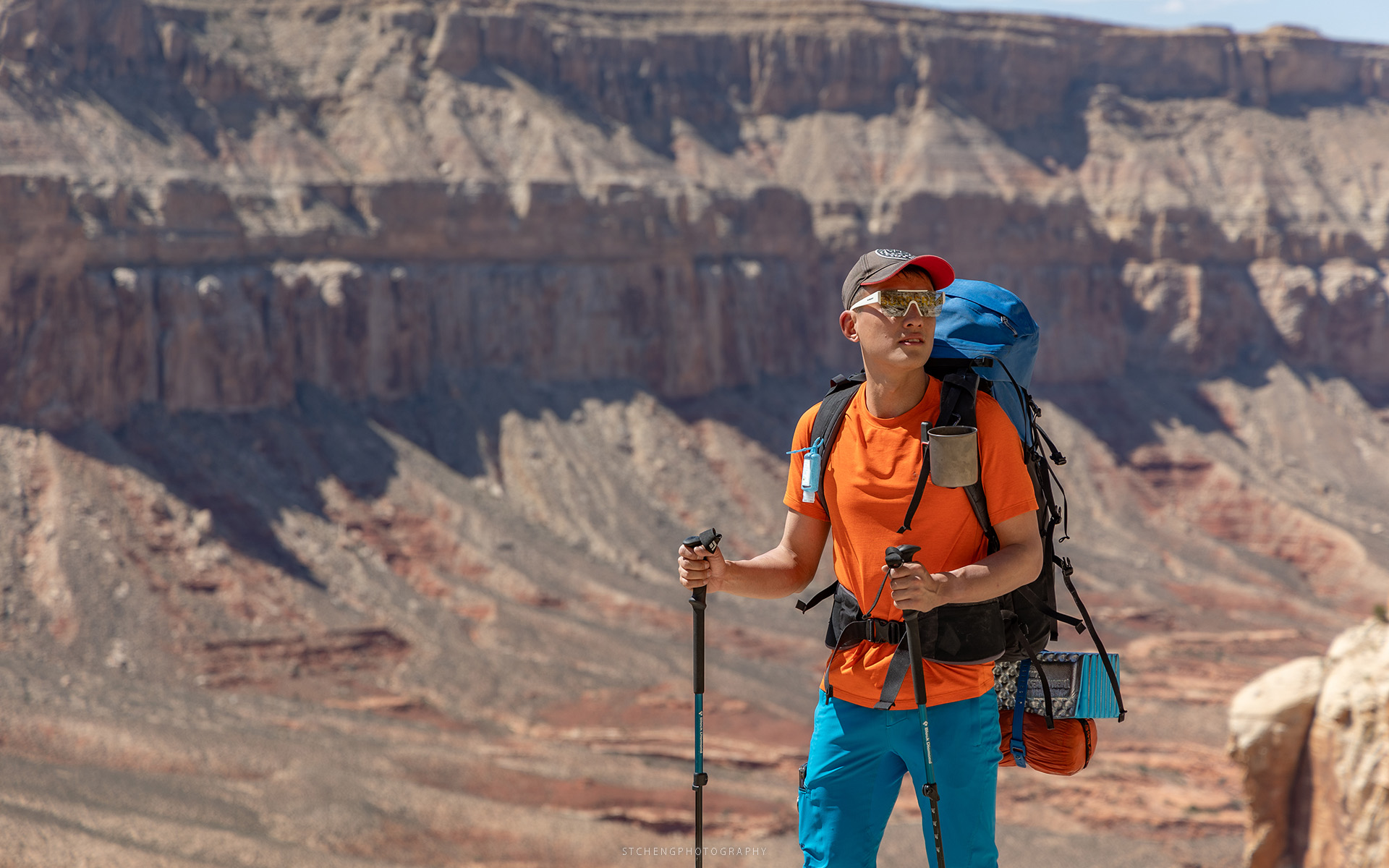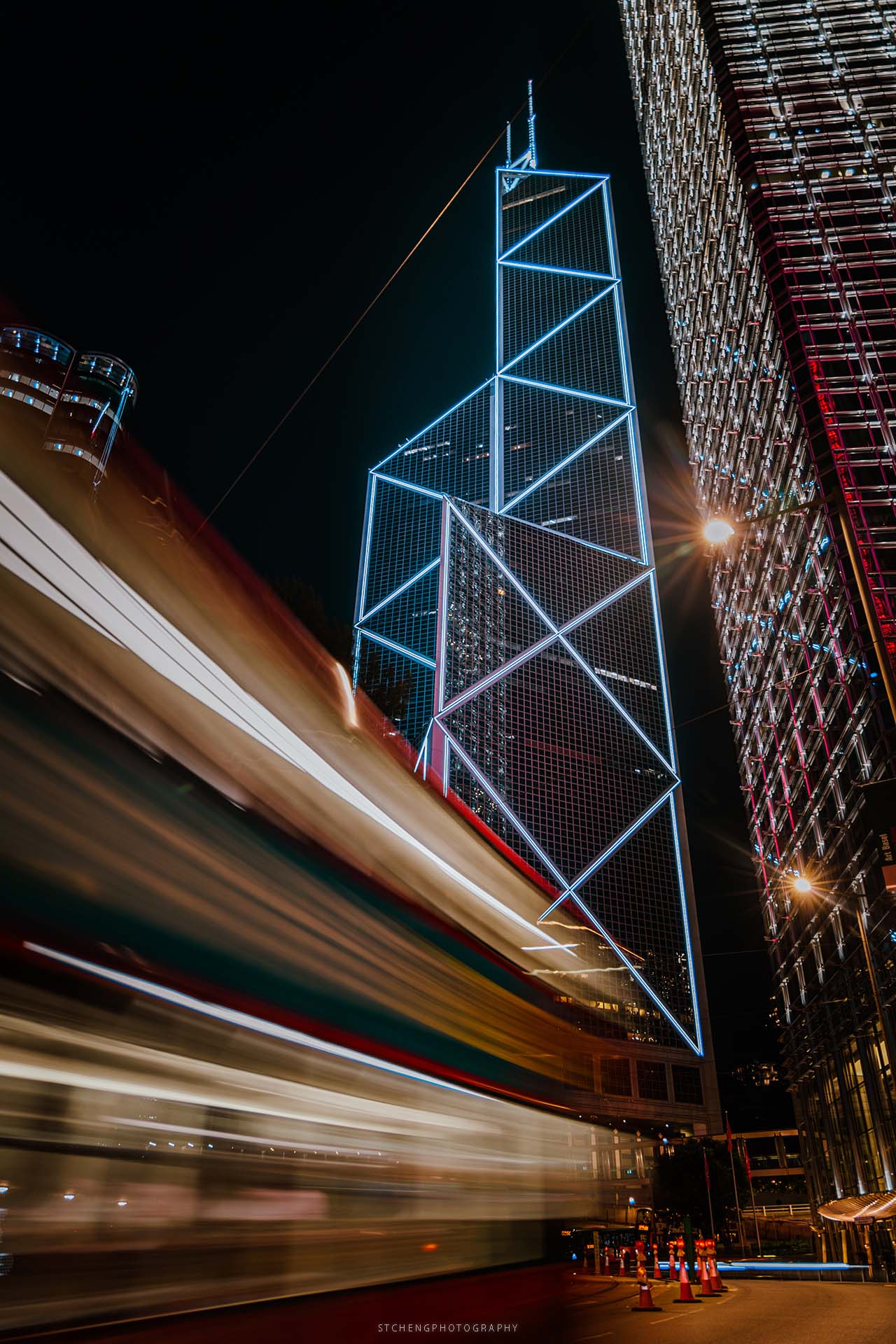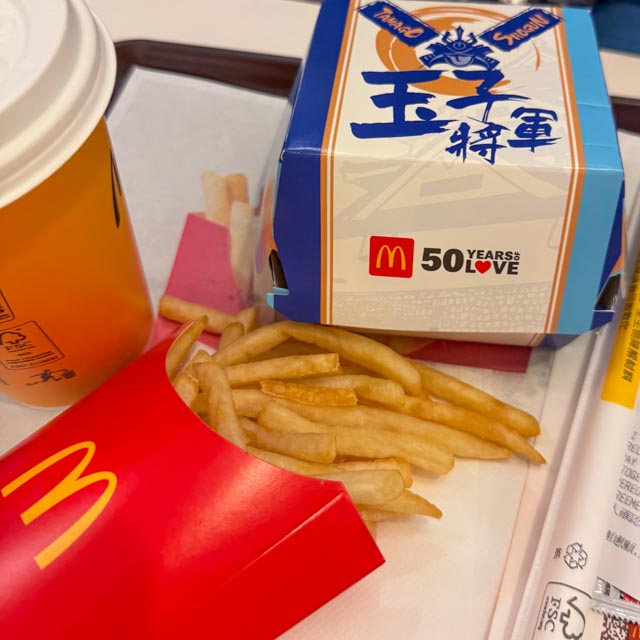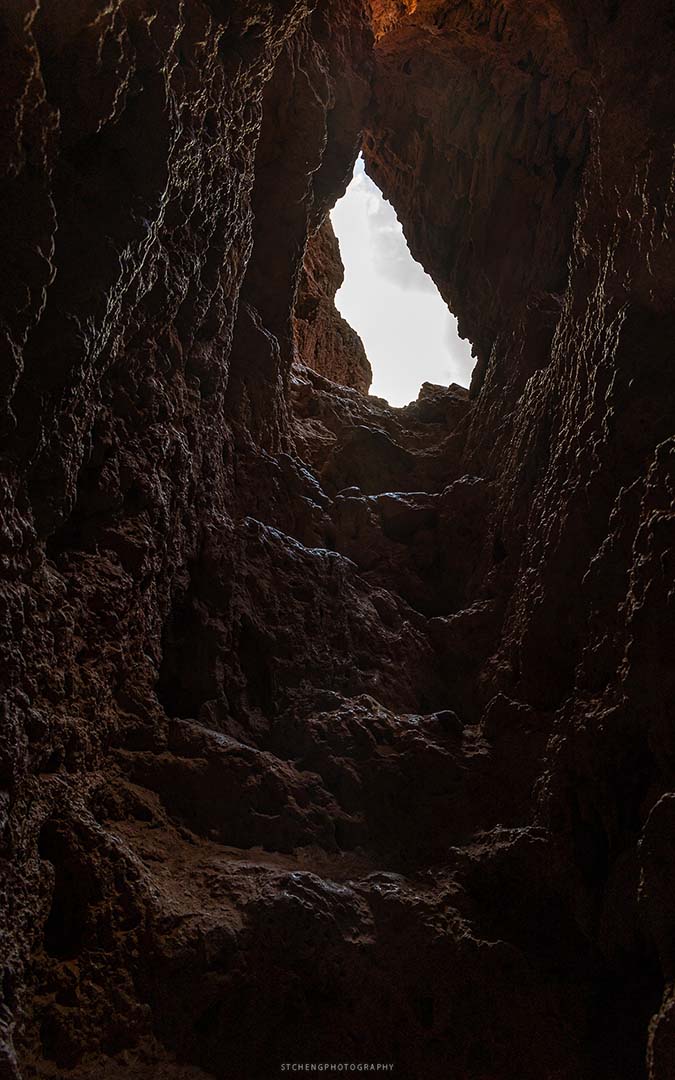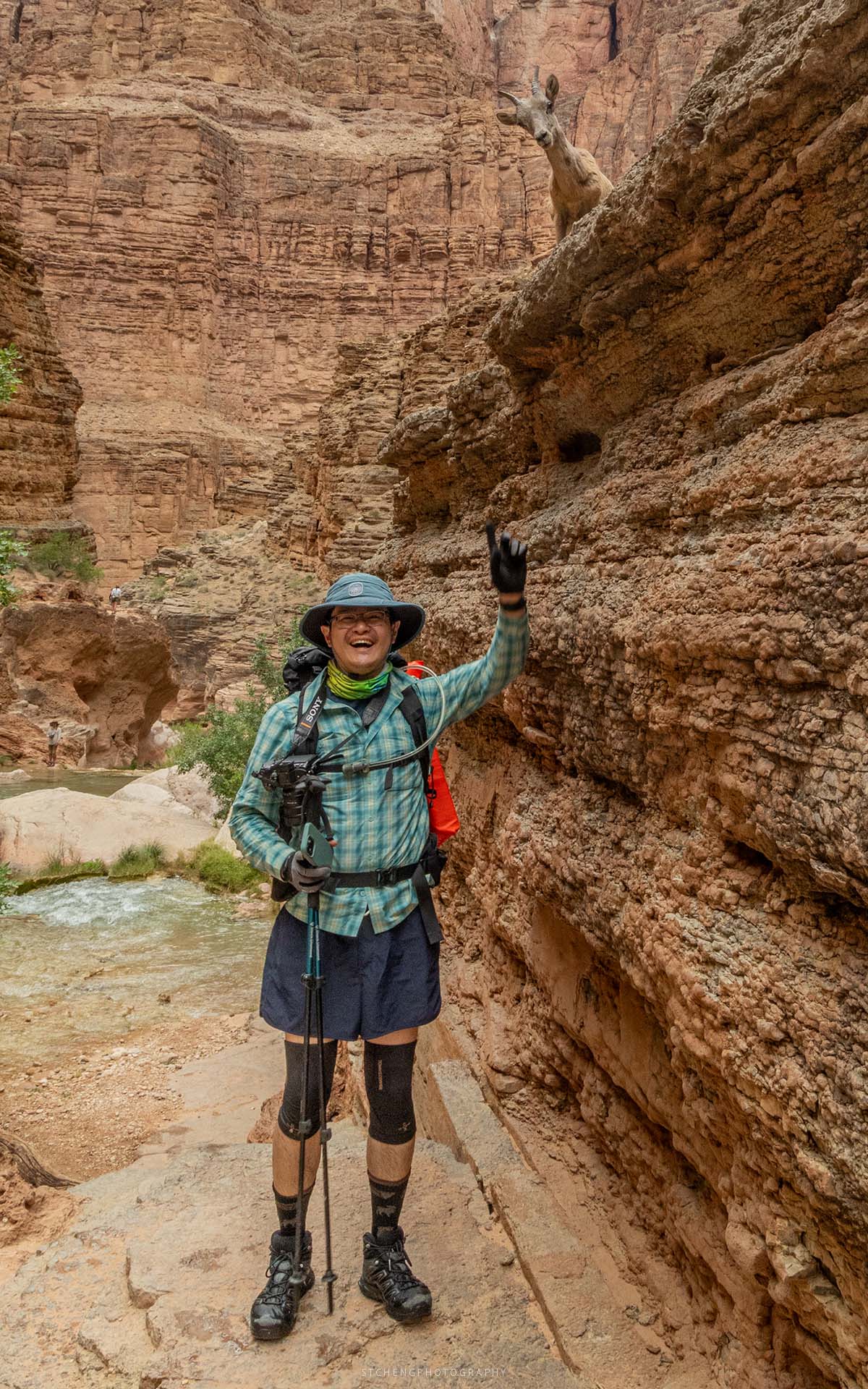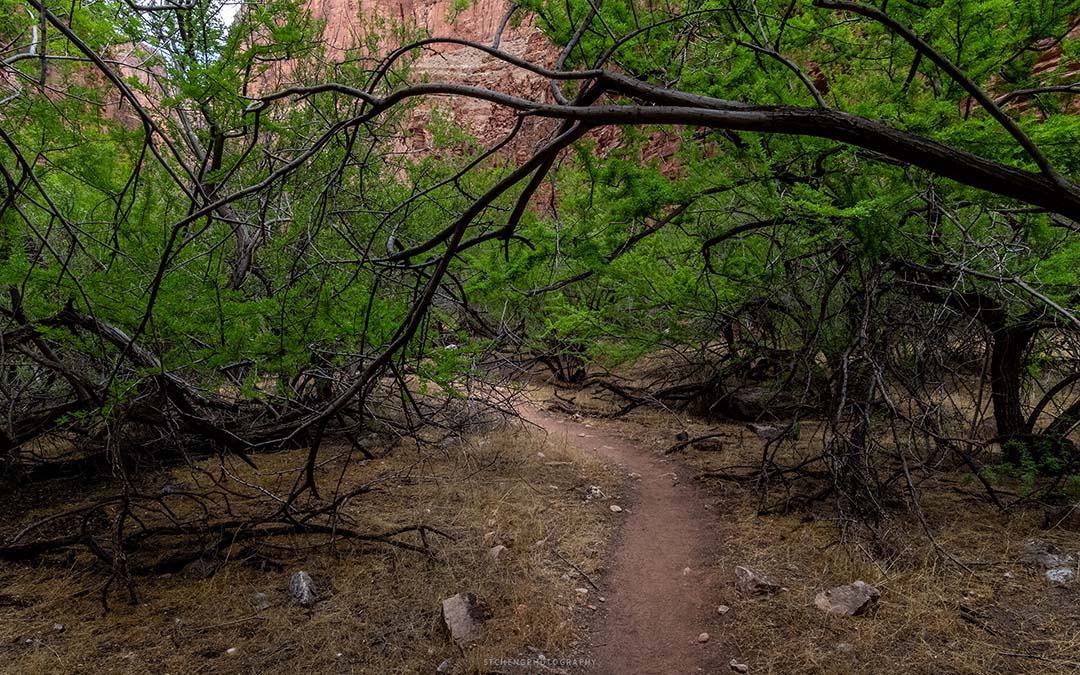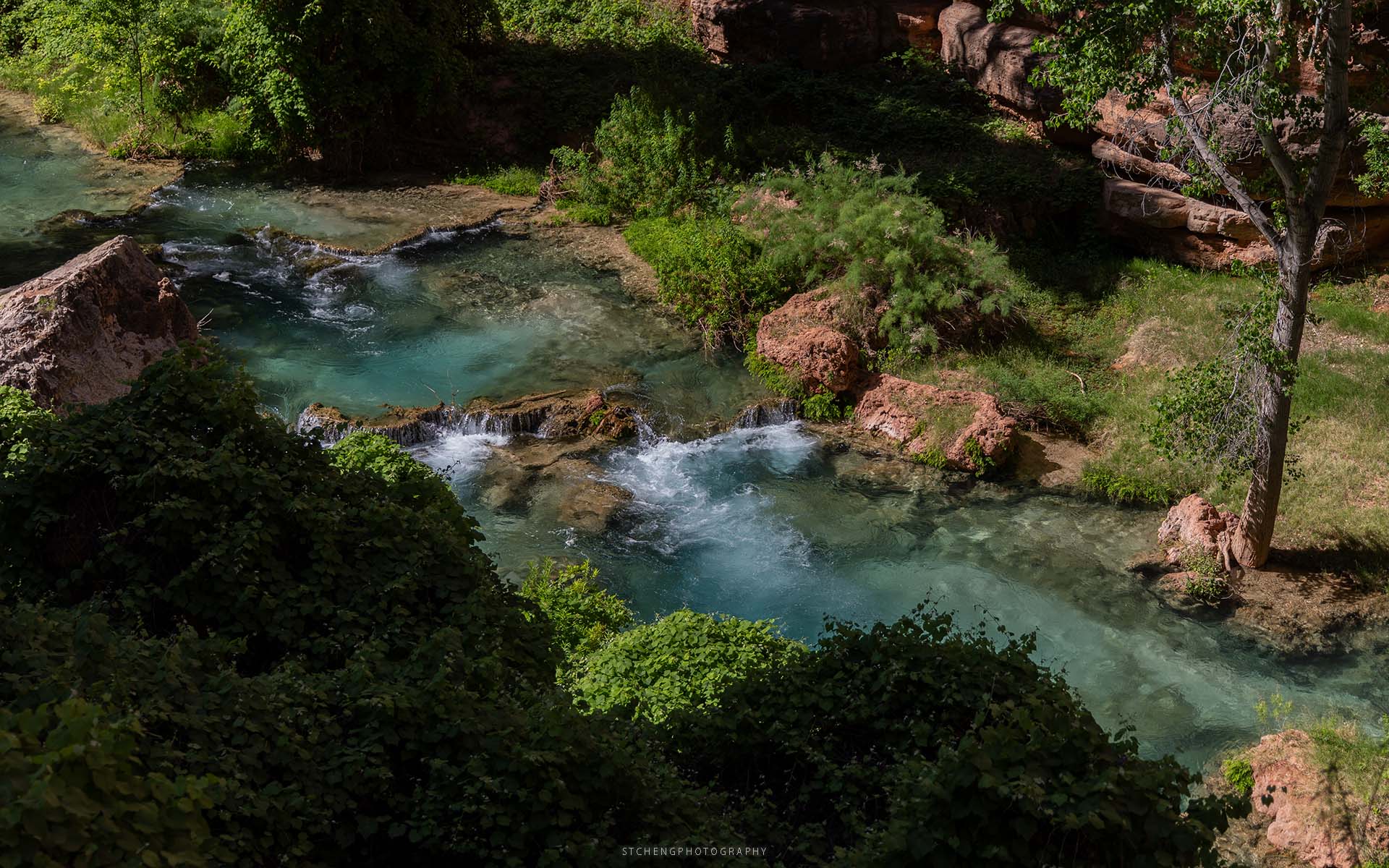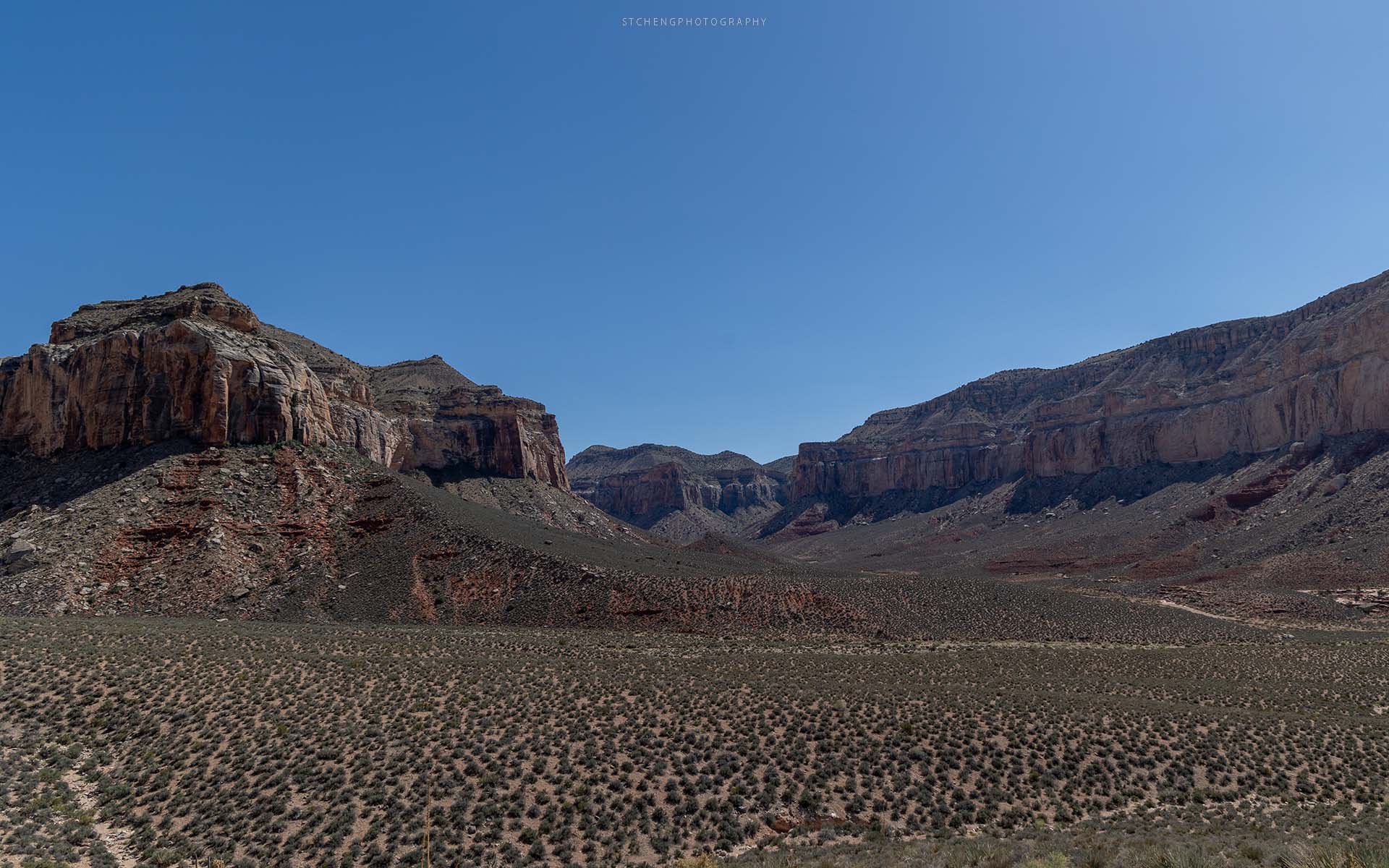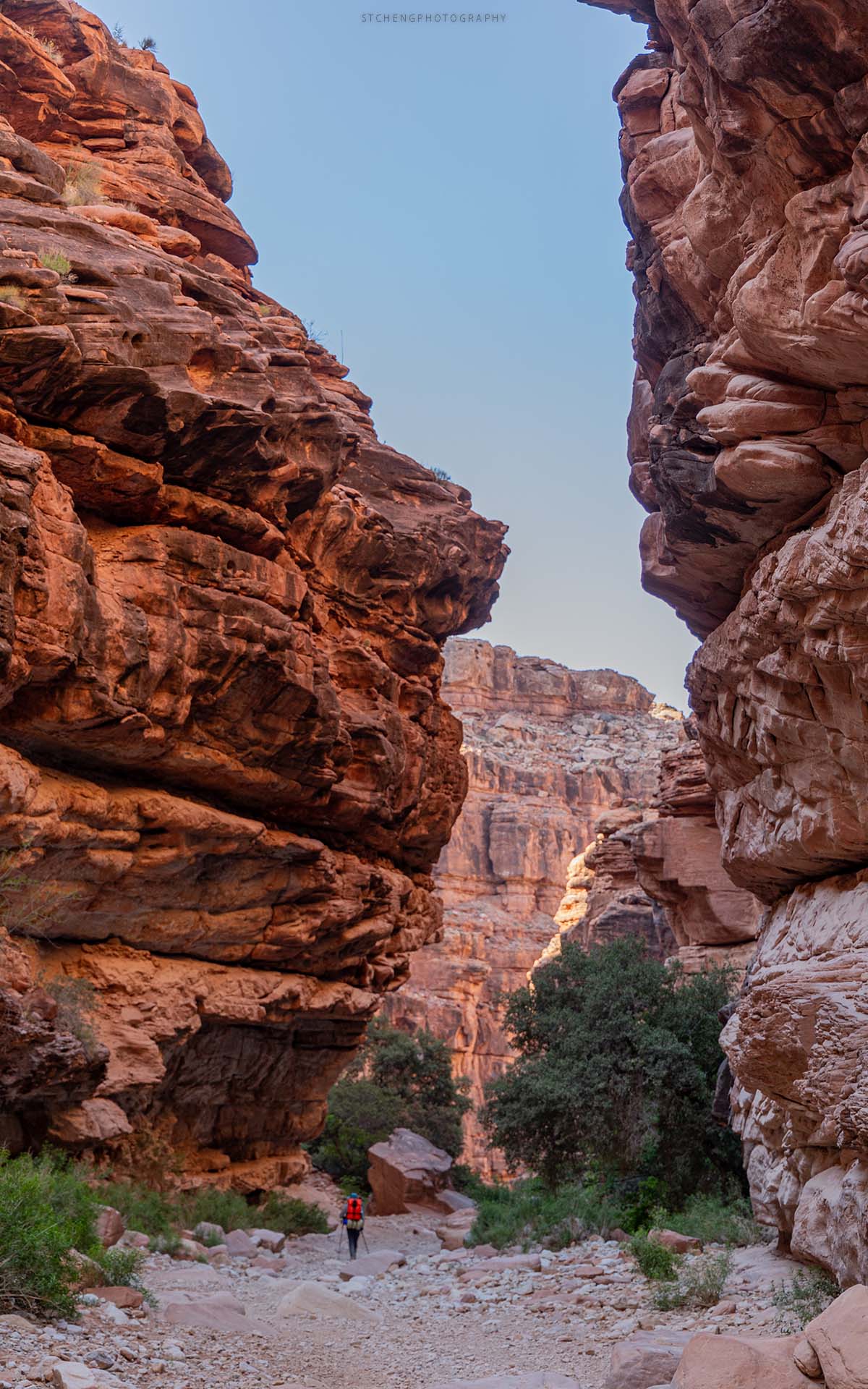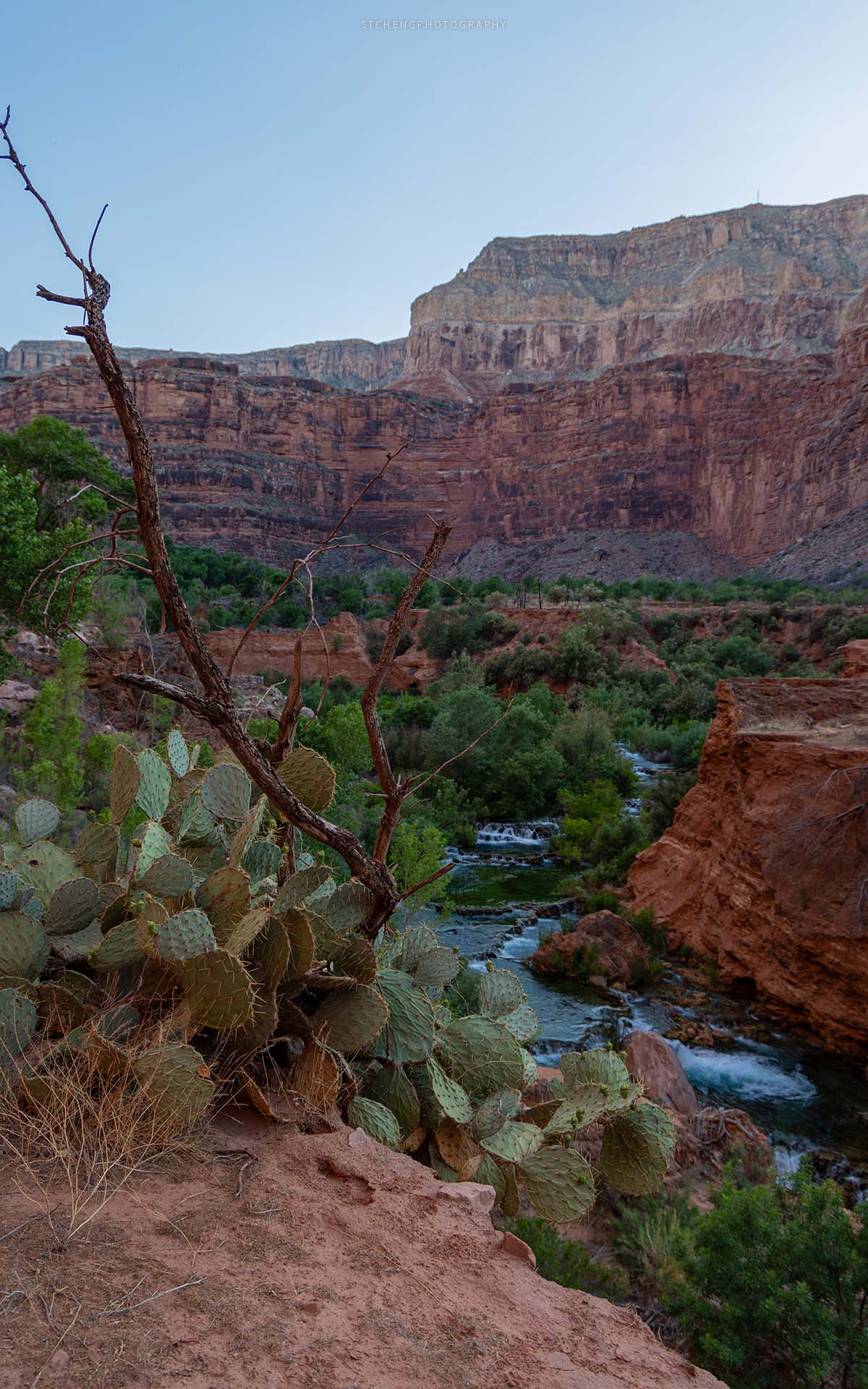I had heard how difficult it was to get a camping permit for Havasupai, so when a friend invited me to join him after someone in their group dropped out, I immediately jumped at the chance! Thanks to his last-minute invitation, I was able to make this long-dreamed trip happen.
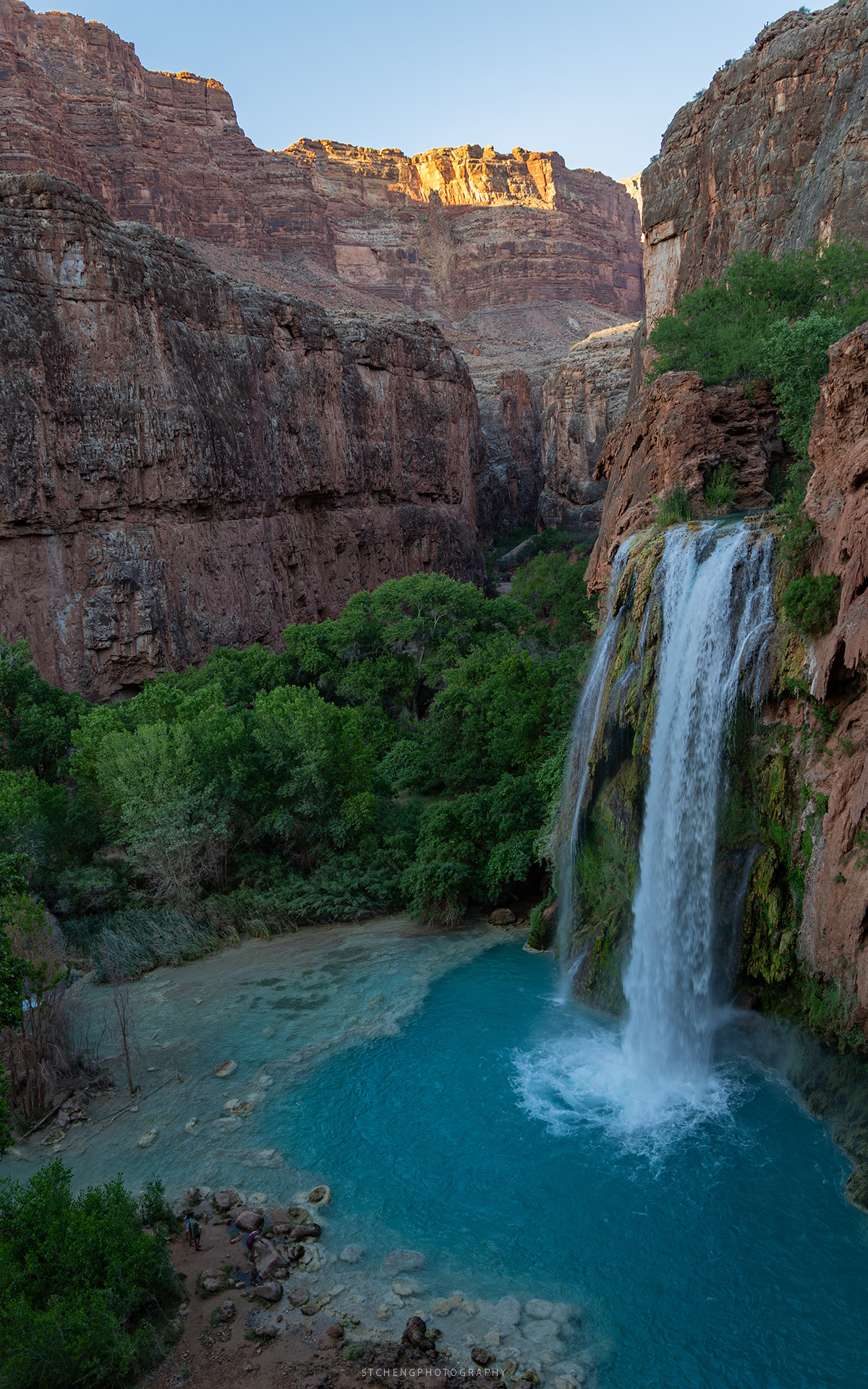
The entire adventure was divided into three segments, and hence three days: the hike from the Havasupai trailhead into the tribal village, a back-and-forth hike from Supai Village to the Confluence, and finally, the climb back from the campsite to the original trailhead.
Initially, we planned for a four-day, three-night leisurely trip to leave plenty room for a relaxing day exploring the waterfalls, the streams, and the “世外桃源” village (a paradise hidden from the world). However, plans changed, and we ended up tackling a very packed three-day, two-night trip, hiking a rough total of 40 miles!
Was it worth it? Absolutely. The scenery, the village, and the physical challenge proved this trip to be one of the most rewarding adventures of my life.
Preparation
I hadn’t been backpacking in quite some time, so I pulled all my gear out of storage, made an extensive packing list, and shared it with my friend so we could distribute the load. Since we’d be camping in the desert, I particularly bought a three-season tent that rarely gets used back home in the damp Pacific Northwest.
I heard that mobile service along the trail would be very limited, and was quite excited about this. It reminded me of my old 4D3N Juan de Fuca backpacking trip. I was ready to unplug and immerse myself in the experience.
Day 1: The Hike into Supai Village
We arrived at the Havasupai trailhead around noon. The parking lot was nearly full, but we were super lucky to find a spot right next to the trailhead sign. Nearby, a group of dogs lounged lazily in the shade of a locked hut, which I later learned was the office for helicopter rides into the village. Clearly, the dogs were surprised by our arrival during the hottest part of the day. They approached us curiously, watching as we unpacked our gear. Their welcome earned them some water from us. With that, we finished packing up and prepared to hit the trail.

The trail began at the canyon’s edge. As soon as I stood here, I was mesmerized by the view. A narrow, dusty trail carved its way down the steep cliffside, disappearing into the vast, rugged expanse below. The arid landscape was a stark contrast to the lush green forests of the Pacific Northwest back home. Here, the ground was dry and reddish-brown, with sparse spots of vegetation. Looking afar, the round bushes looked like black pepper dots shaken and scattered across a giant oak table.
We began the descent.
Hiking downhill was relatively easy. Occasionally, we’d hear the sound of a helicopter echoing through the canyon. Other than that, it was peacefully quiet - we encountered very few hikers along the way. As we stepped into the immense canyon, we realized that what we thought was the bottom was actually a plateau—like descending stairs, there were more and deeper valleys below.
The scenery shifted as we went further. The once open, rocky landscape transformed into narrower sections, enclosed by towering cliffs that grew higher and higher with every step. The air became cooler, adding a hint of refresh to the dry heat of the canyon.
Eventually, after the final turn, the dusty red and yellow rocks were replaced by lush greenery - we were getting close to the village. Then, we spotted it — a fast-flowing stream of crystal clear water. This was the most exciting moment of the day. The sight of the rushing water made everything feel alive. The stream, flowing through a narrow canal, was our first glimpse of Supai Village. As we followed the stream, houses began to appear, along with fields and fences. In the distance, I spotted the iconic rock column that marks the village entrance.
Just then, my phone buzzed with notifications, pulling me back into the modern world. I spotted a satellite dish perched on the roof of a weathered little blue house, equipped with a conspicuous AC unit, sitting in the middle of a crop field. My friend and I couldn’t help but laugh. We had expected a remote, untouched village, but modern technology had already made its mark on every corner — a surprise, yet I should have already expected.
We wandered through the village, passing a few more houses, moving around the helicopter pad, a school, government buildings, a souvenir shop, a surprisingly large café, a post office, a church, and a grocery store. A sign stood nearby, pointing the way to a hotel - the Havasupai Lodge. Locals were going about their day — some riding tractors or bikes, others chatting in the shade.
Finally, we left the village, made a left, and followed the trail along the stream. We were approaching the campsite.
The sound of rushing water again appeared and grew louder. Some smaller waterfalls appeared along the way. Then, after crossing an unfinished bridge and rounding a few bends, we arrived at Havasu Falls.
It was breathtaking.

I immediately understood why this remote, hard-to-reach place had become so famous and widely talked about. I stood midway along a cliffside trail. On one side, towering brown rocks blocked the sky, while on the other, below, the waterfall shimmered like a silver ribbon as it cascaded into a turquoise pool. With the water crashing down, the mist rose as the water pounded into the pool below, creating a dreamlike atmosphere. Though I had seen photos of this iconic spot, nothing compared to standing there in person.
The campsite wasn’t far. We found a spot close to a water station, surrounded by other campers. The area was bustling, including a lively group of 30 kids from the Bay Area on a luxurous summer camp trip. Despite the commotion, the fresh air, rustling leaves, and gentle sounds of the nearby stream made for a surprisingly peaceful end to the day. After setting up our tent and enjoying a quick dinner, we crawled into our sleeping bags, excited for the adventure that awaited us the next morning.
